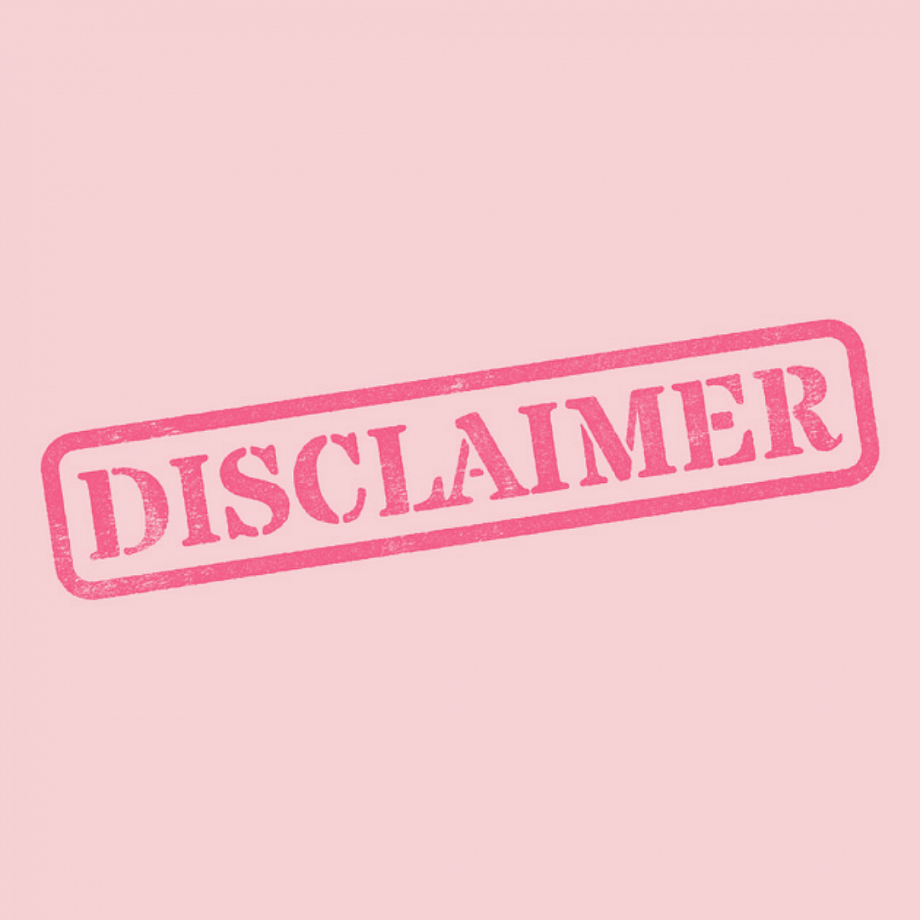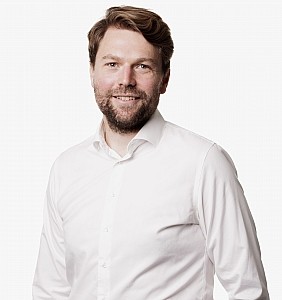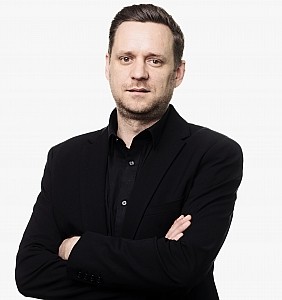What You Don’t Do Matters

Understanding disclaimers in patent law
In patent drafting, the spotlight usually shines on what your invention is. But equally important is what it is not. By deliberately excluding certain subject-matter from a patent claim, you can define your invention more precisely, avoid legal pitfalls, and potentially strengthen your position. This is where disclaimers come into play.
Disclaimers are not loopholes or cosmetic tweaks. In European patent practice, they are tightly regulated, and their use – whether reactive or proactive – can make or break your patent. This article explains what disclaimers are, when they can be used, and how to use them strategically.
What is a disclaimer?
A disclaimer is a statement in a patent claim that excludes particular subject-matter. For example: “A composition comprising A and B, excluding compound C.”
While the concept is simple, the legal treatment is not. The European Patent Office (EPO) distinguishes between disclosed and undisclosed disclaimers, and each is assessed under a different legal test.
Disclosed disclaimers: cutting out what was already there
Disclosed disclaimers remove subject-matter that was already mentioned in the application as filed. For example, if your application describes variants A, B, and C, but you later decide to exclude C from your claims, you are making a disclosed disclaimer.
The EPO applies what is known as the “gold standard” from decision G 2/10. After the disclaimer is applied, the remaining subject-matter must still be clearly and unambiguously derivable from the original application. In other words, you cannot just snip out part of your disclosure and expect it to hold up: that what is left must still make technical sense on its own.
Undisclosed disclaimers: responding to surprises
Sometimes, what you want to exclude was not in your application at all. A typical scenario: a new prior art document surfaces during examination, disclosing something overlapping with your claim. Had you known about this overlap, you would have drafted the application differently.
These are called undisclosed disclaimers, and they’re only allowed in narrowly defined situations, based on decision G 1/03. You can use them to:
- exclude an accidental anticipation – a disclosure in the prior art that is unrelated to your invention but happens to overlap with your claim;
- remove overlap with an earlier European application that was unpublished at your filing date (following so-called Article 54(3) EPC); or
- exclude subject-matter that is not patentable, such as surgical or diagnostic methods on the human body.
However, there are conditions. The disclaimer must not remove more than necessary, and it must not add any new technical information. It should only operate to “trim” the legal scope without changing the nature of the invention.
Where to draw the line?
The Enlarged Board of Appeal in G 1/16 clarified that you cannot mix and match the legal tests for disclaimers. If the subject-matter being excluded was disclosed in the application, you must apply G 2/10. If it was not disclosed, then G 1/03 applies. Each test is exclusive.
Disclaimers in the drafting stage: a strategic tool?
Most discussions about disclaimers focus on reactive use: removing subject-matter during prosecution to overcome prior art or legal hurdles. But disclaimers can also be used proactively, during drafting, to define the invention’s scope more precisely from the outset.
For example, suppose you are developing a biodegradable coating and know that many competing formulations rely on fluorinated compounds. You might draft your claim to explicitly exclude such ingredients: “[…] wherein the composition is free of halogenated compounds.”
This can be useful in several scenarios:
- Avoiding known problems: if certain compounds (like fluorine-based ingredients) are known to have regulatory, environmental, or stability issues, you might wish to rule them out to preempt objections or align with a green innovation strategy.
- Carving out a clean technical contribution: if your invention is based on the insight that a certain class of compounds is unnecessary or even detrimental, explicitly excluding them in the claim can help distinguish it from prior art relying on those compounds.
- Easing downstream prosecution: by excluding contentious or crowded technological areas, you may streamline examination or reduce the risk of future opposition.
Still, this must be handled with care. The application should mention or at least imply the excluded group (e.g. fluorine compounds), and there should be a technical rationale for the exclusion. The EPO will generally not accept arbitrary carve-outs, even if you include them from the start.
What about the USPTO?
While disclaimers under European practice are governed by strict formal doctrines, the situation at the United States Patent and Trademark Office (USPTO) is more flexible, but also less clearly defined.
Claim disclaimers are permitted under US law, but they are treated quite differently. There is no equivalent to G 1/03 or G 2/10. In general, the USPTO and US courts are more permissive with negative limitations, provided they do not render the claim indefinite and are supported by the specification.
An applicant is generally allowed to include a negative limitation such as "wherein the composition does not contain fluorine" as long as the exclusion is supported by the specification, either explicitly or implicitly. The key is whether a person of ordinary skill in the art would understand the exclusion to be part of the invention.
US examiners might push back if the negative limitation appears arbitrary or creates ambiguity, but there is no prohibition on undisclosed disclaimers as such. Even during litigation, US courts tend to assess negative limitations under general principles of claim construction and enablement, rather than rigid formalism. In practice, this means that disclaimers are often easier to insert during US prosecution than before the EPO. However, the absence of strict rules does not mean disclaimers are risk-free. If a negative limitation becomes central to claim interpretation, it may narrow the claim more than expected, or worse, raise questions about written description support.
The takeaway: less can be more
Disclaimers can sharpen the scope of a patent claim, remove prior art, or avoid legal traps – but they must be precise, legally justified, and technically sound. Disclosed disclaimers must leave behind a clean technical teaching. Undisclosed disclaimers are only acceptable in a few tightly controlled situations.
If used well, disclaimers define the invention more clearly. If used poorly, they can limit protection, introduce added matter, or even cause refusal.
Because the rules around disclaimers vary not just between jurisdictions, but also depending on the procedural context, it is worth getting tailored advice before reaching for the carving knife. A carefully worded exclusion might save a claim, or sink it. If you are considering disclaimers in a new application or during prosecution, consulting a European patent attorney can help you avoid costly mistakes and ensure that your claim strategy holds up under scrutiny. As always, the earlier the conversation, the better.
Do you have a question?
We would be happy to assist you.
Make an appointment with one of our experts.
Rest assured, you're not alone.
Feel free to browse through the FAQ and don't hesitate to
contact us if you still have any doubts.




